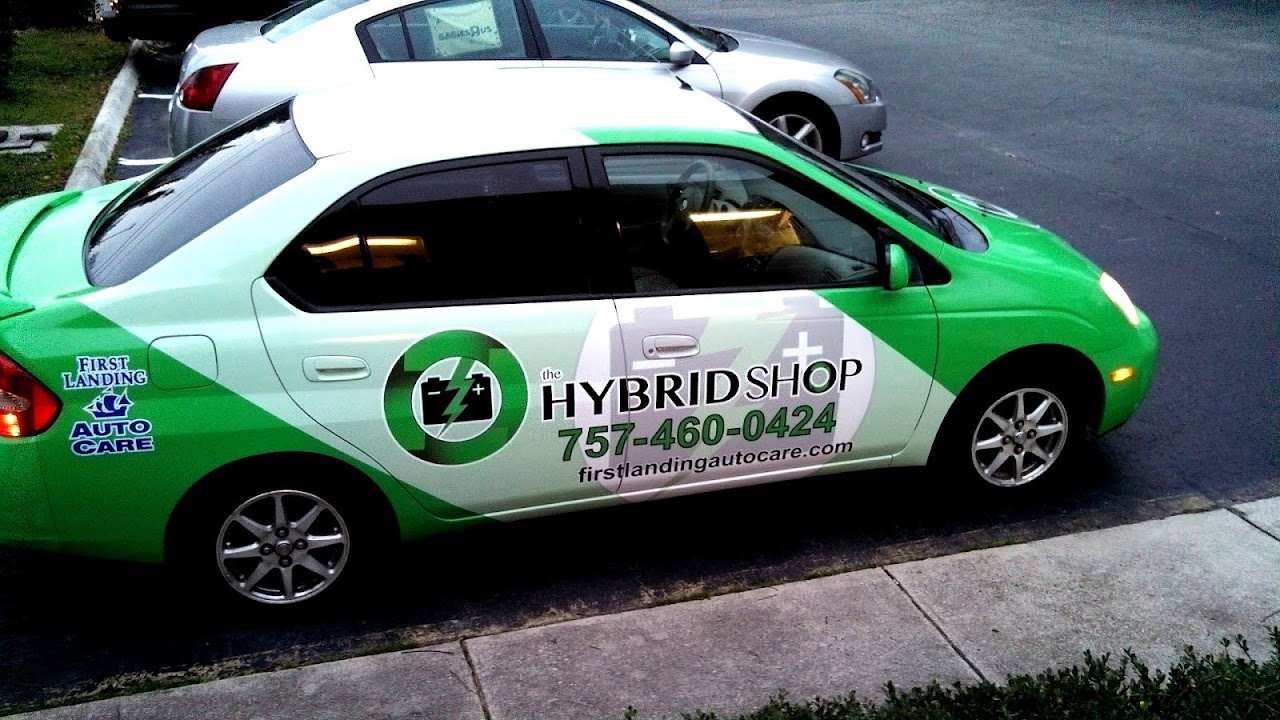
Varosha (Greek: ??????? [locally [va'?o?a]]; Turkish: Mara? or Kapal? Mara?) is an abandoned southern quarter of the Cypriot city of Famagusta. Prior to the Turkish invasion of Cyprus in 1974, it was the modern tourist area of the city. Its inhabitants fled during the invasion, when it came under Turkish control, and it has remained abandoned and under the occupation of the Turkish Armed Forces ever since. As of 2016, the quarter continues to be uninhabited and is described as a ghost town. Entry is forbidden to the public.

Maps, Directions, and Place Reviews
Etymology
The name Varosha has its roots in the Turkish word varo?, meaning "suburb". The word has entered the Turkish language from the Balkan languages in the Ottoman period, when most of the Balkan peninsula was part of the Ottoman Empire. In Serbo-Croatian, the word varo? (Cyrillic script: ?????) means "town", "downtown", "borough" or "suburb"; while in Hungarian, the word város means "town", "borough" or "municipality" (vár meaning "fort", thus város literally meaning "place having a fort").
Toyota Dealership Va Beach Video
History
In the early 1970s, Famagusta was the number one tourist destination in Cyprus. To cater to the increasing number of tourists, many new high-rise buildings and hotels were constructed. During its heyday, Varosha was not only the number one tourist destination in Cyprus, but between 1970 and 1974, it was one of the most popular tourist destinations in the world, and was a favourite destination of celebrities such as Elizabeth Taylor, Richard Burton, Raquel Welch, and Brigitte Bardot.
Features
The main features of Varosha included John F. Kennedy Avenue, a street which ran from close to the port of Famagusta, through Varosha and parallel to Glossa beach. Along JFK Avenue, there were many well known high rise hotels including the King George Hotel, The Asterias Hotel, The Grecian Hotel, The Florida Hotel, and The Argo Hotel which was the favourite hotel of Elizabeth Taylor. The Argo Hotel is located near the end of JFK Avenue, looking towards Protaras and Fig Tree Bay. Another major street in Varosha was Leonidas (Greek: ????????), a major street that came off JFK Avenue and headed west towards Vienna Corner. Leonidas was a major shopping and leisure street in Varosha, consisting of bars, restaurants, nightclubs, and a Toyota car dealership.

1974 to present day
Prior to the Turkish invasion of Cyprus, the city of Varosha had a population of 39,000.Following the Turkish invasion of Cyprus on 20 July 1974, the Greek Cypriot army withdrew its forces to Larnaca. The Turkish army advanced as far as the Green Line, which is the present day border between the two communities. Just hours before the Greek Cypriot and Turkish armies met in military combat on the streets of Famagusta, the entire population fled, fearing a massacre. Many refugees fled south to Paralimni, Dherynia, and Larnaca. Paralimni has since become the modern day capital of the Famagusta province.
When the Turkish Army gained control of the area during the invasion, they fenced it off and have since barred admittance to anyone except Turkish military and United Nations personnel. The people living in Varosha hoped to return to their home when the situation calmed down, but the resort was fenced off by the Turkish military.
The UN Security Council Resolution 550 of 1984 ordered for Varosha to be handed over to the administration of the United Nations, and was to be resettled by no other people than the inhabitants who were forced out. The Turkish state did not comply but has held Varosha as a "bargaining chip" ever since in the hope of persuading the people of Cyprus into accepting a settlement of the Cyprus issue on their terms.
One such settlement plan was the Annan Plan, which the vast majority of Greek Cypriots rejected as unfair. It provided for the return of Varosha to the original residents, but this never happened because the plan was rejected by Greek Cypriot voters in a referendum, as the overall plan was considered unacceptable. The UN Security Council Resolution 550 states that it "considers attempts to settle any part of Varosha by people other than its inhabitants as inadmissible and calls for the transfer of this area to the administration of the United Nations". Since 1974, Turkey has forbidden entry to the district with the exception of the TSK personnel and the students of the girls' dormitory there.
The European Court of Human Rights awarded between EUR100,000 and EUR8,000,000 to eight Greek Cypriots for being deprived of their homes and properties as a result of the 1974 invasion. The case was filed jointly by businessman Constantinos Lordos and others, with the principal judgement in the Lordos case dating back to November 2010. The court ruled that, in the case of eight of the applicants, Turkey had violated Article 1 of Protocol 1 of the European Convention on Human rights on the right of peaceful enjoyment of one's possessions, and in the case of seven of the applicants, Turkey had violated Article 8 on the right to respect for private and family life.
In the absence of human habitation and maintenance, buildings continue to decay. Nature is reclaiming the area, as metal corrodes, windows break, and plants work their roots into the walls and pavement. Sea turtles have been seen nesting on the deserted beaches.
During the Cyprus Missile Crisis (1997-1998), the Turkish Cypriot leader, Rauf Denktash, threatened to take over Varosha if the Cypriot government didn't back down.
Source of the article : Wikipedia


EmoticonEmoticon